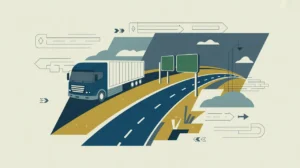Importance of Wildlife Conservation
Wildlife conservation is essential for protecting species, ecosystems, and the biodiversity that sustains life on Earth. It safeguards ecological balance, supports food and water security, and underpins cultural and economic activities such as tourism. In international development, wildlife conservation contributes to climate resilience, sustainable livelihoods, and global heritage preservation. For nonprofits and social innovators, it matters because proximate communities often depend on wildlife for both ecological services and economic opportunities. Its importance lies in ensuring that biodiversity is protected for current and future generations.
Definition and Features
Wildlife conservation refers to the protection and sustainable management of wild species and their habitats. Its defining features include:
- Species Protection: preventing extinction and maintaining genetic diversity.
- Habitat Preservation: safeguarding forests, wetlands, savannas, and marine areas.
- Legal and Policy Frameworks: international treaties, protected areas, and enforcement measures.
- Community Involvement: engaging local populations in stewardship and benefit-sharing.
How this Works in Practice
In practice, wildlife conservation is carried out through protected areas, anti-poaching patrols, captive breeding programs, ecological research, and community-based initiatives. For example, national parks in Africa and Asia protect endangered species while generating tourism revenue. NGOs and governments collaborate on awareness campaigns, habitat restoration, and international enforcement against illegal wildlife trade. Challenges include habitat loss from agriculture or infrastructure, poaching, human 6wildlife conflict, and climate change pressures.
Implications for Social Innovation
Wildlife conservation has significant implications for social innovation because it links environmental stewardship with human development. Innovations such as wildlife monitoring technologies, conservation finance mechanisms, and community-owned ecotourism models expand both protection and livelihoods. For proximate actors, wildlife conservation provides opportunities for economic participation while maintaining cultural and ecological integrity. Wildlife conservation is essential for sustaining biodiversity and supporting balanced development.







